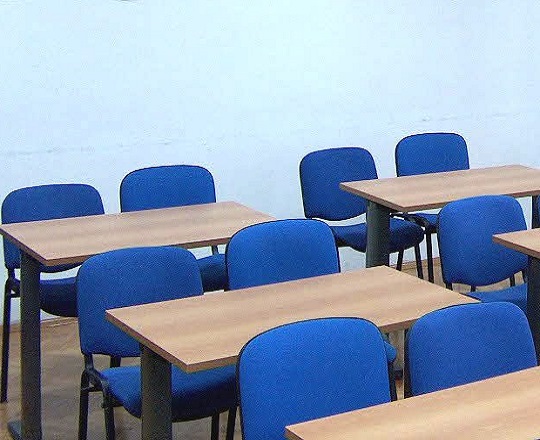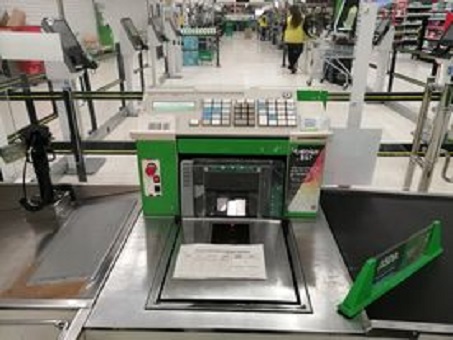The closure of schools and the education debate

Thousands of Teachers had already written to their Head Teachers exercising a legal right to refuse to work in what they regarded as unsafe working conditions. This was based upon the advice of SAGE that schools were unsafe after a rise in levels of infection caused by the new variant of COVID19.
So the closure of schools during the new lockdown was inevitable.
Schools have been a constant subject of debate since the end of the first lockdown when the Government saw schools opening as a priority, and necessary to enable people to return to work.
The teaching unions argued at that time for a return based upon a 50/50 split between schoolroom and remote learning, so that only half of secondary school pupils would be in school at any one time. They also called for their staff to attend on a rota basis, splitting their time between school and remote teaching.
Though denied at the time, we now know that teachers have been more likely than average to become infected and that the virus has been spread quickly by teenagers – which was apparent among last year’s school leavers who went to Universities.
The Unions also called for the 2021 exam round to be cancelled in August of last year, something that only came to pass this week, and predicted that the algorithms used to award qualifications in 2020 would not work well.
An alternative marking system, known as “summative assessment” is a method of evaluating performance that could have been used instead. However the Government prefers other methods, especially examinations, and summative assessment has been dropped and no longer forms part of teacher training.
Teaching Unions are now calling for school workers (and NHS workers) to be given a higher priority in the inoculation programme. A case could be made for shielding the vulnerable and inoculating key workers, although that might put too much pressure on the NHS. it is difficult to make the case that teachers should have priority over (for example) supermarket workers.
The Unions are also calling for lateral flow testing in schools, which would involve swabs being taken from the nose and throats of pupils. The tests only detect relatively high levels of the virus, and are less reliable than other tests, but any disadvantages would be outweighed by the fact that results could be available in less than an hour. Administering the tests, especially among younger children, would be difficult.
The Government accepts the need for vaccinations and testing being undertaken in schools and has called for volunteers to administer the programme, something that the Unions regard as unsafe. Unfortunately the School Nurse is now a thing of the past, a victim of cost cutting measures. Had their roles been maintained, vaccination and testing would have been much easier to implement.
Some teachers believe that it might have been wise to cancel a whole school year for all pupils. Of equal concern is the harm caused to young people as a result of lockdowns in terms of socialising, mental health and sports and fitness.


